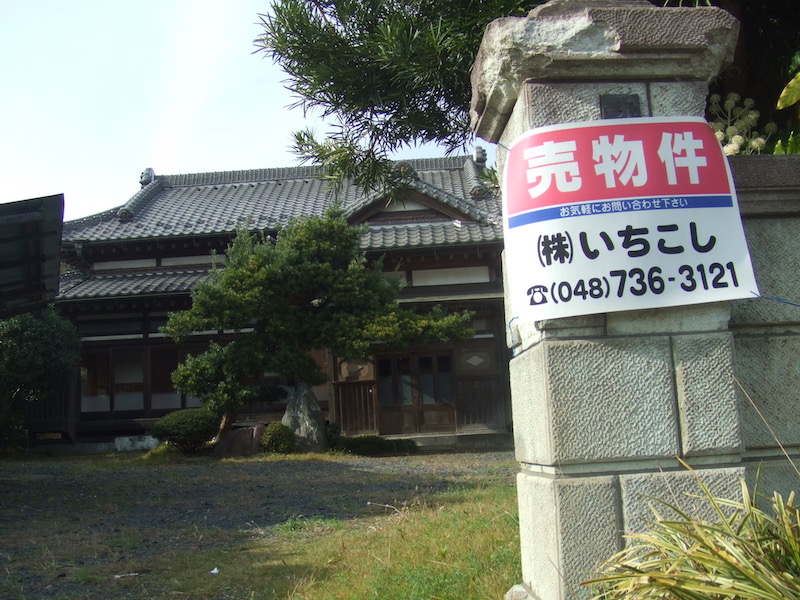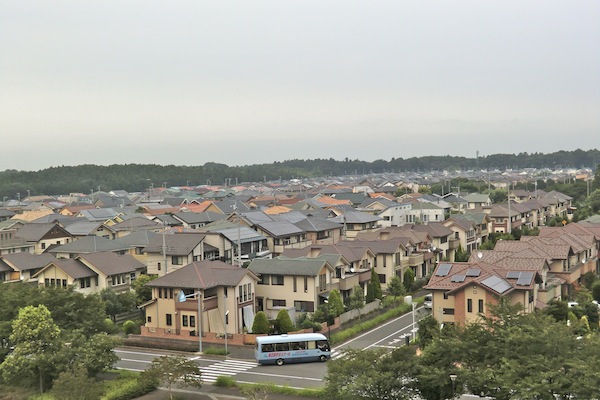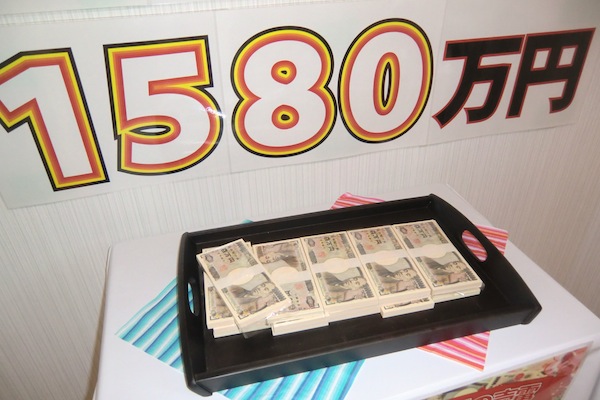Yen for Living: Houses As (non-)Assets
The following article was submitted as the July entry in our Yen for Living column for the Japan Times. However, it was rejected by the editors.
One of the issues facing voters in this month’s Upper House election is the national pension system. The government received criticism after the Financial Services Agency announced that a couple would need at least ¥20 million in savings when they retire to supplement their pensions. Opposition parties are using this figure to point out flaws in the pension system, and the ruling Liberal Democratic Party is challenging the FSA, saying that current pension benefits are adequate to support people after they retire.
In a letter published in the Asahi Shimbun on July 1, a 63-year-old dentist wrote about the ¥20 million figure, saying that when he was 30 he started saving for his old age. As a self-employed person he knew a public pension would not be enough when he retired, and so he joined a cooperative that, in return for monthly premiums, guaranteed a one-time payment when he reached a certain age. Over the course of 30 years, he paid a total of ¥18 million into the fund in the belief that he would receive ¥40 million in the end. But he received only ¥20 million. He also paid into a private pension plan, convinced that when he turned 60 he would start receiving ¥280,000 a month for a limited time. As it turns out, he is only getting ¥120,000, because interest rates have plummetted since he was 30. When he’s 65, he will start receiving benefits from his national pension, but since he belongs to the kokumin nenkin system for the self-employed and others who weren’t employed by large companies, he will only receive ¥65,000 a month. So even though he basically “invested” in private plans and paid his obligatory national pension premiums, he is not going to have as much income in his retirement as he once thought he would receive. Read More


